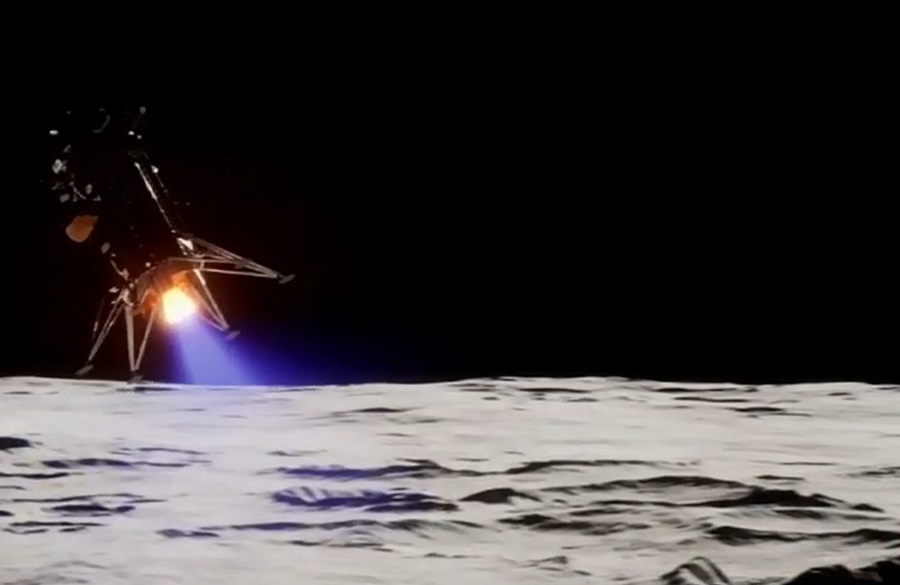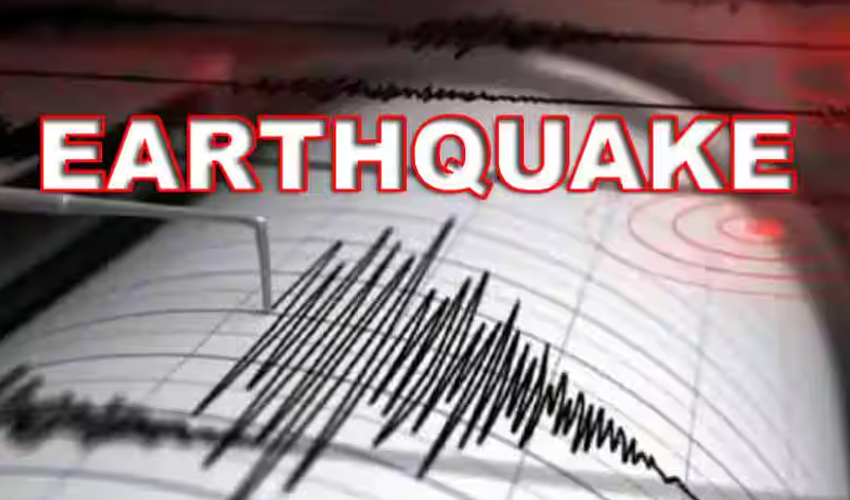On Thursday, a spacecraft developed and piloted by the Texas-based business 'Intuitive Machines' made landfall close to the moon's South Pole. This was the first private sector and US lunar landing in almost 50 years.
In a joint webcast of the landing from Intuitive Machines', opens new tab mission operations center in Houston, the firm and NASA commentators reported that the unmanned six-legged robot lander, named Odysseus, touched down at around 6:23pm EST (2323 GMT).
The landing ended up by a suspenseful final approach and descent after an issue with the spacecraft automated navigation system emerged, forcing ground engineers to use an untested workaround at the last minute.
In addition, it took some time to establish contact with the spacecraft again and learn about its future following an expected radio blackout that occurred some 384,000 km from Earth.
According to the webcast, mission control was first unsure of the exact state and location of the spacecraft when communication was eventually connected again, despite the lander's confirmed touch down being confirmed by the weak signal.
“Our equipment is on the surface of the moon, and we are transmitting, so congratulations IM team,” Intuitive Machines mission director Tim Crain was heard telling the operations center. “We’ll see what more we can get from that.”
Administrator Bill Nelson of NASA praised the achievement right away, calling it a "triumph." saying, “Odysseus has taken the moon.”
According to the webcast, the landing occurred one day after the spacecraft entered lunar orbit and one week after its launch from Florida; the spacecraft was not designed to record the event on live video.
Since NASA's final crewed moon mission, Apollo 17, which landed there in 1972 with astronauts Gene Cernan and Harrison Schmitt, the touchdown on Thursday was the first controlled descent to the lunar surface by an American spacecraft.
Only four other nations' spacecraft have made lunar landings to date: the former Soviet Union, China, India, and, most recently, Japan, who did it only last month. The only country that have sent men to the moon is the United States.
Before the sun sets over the arctic landing location, Odysseus is carrying a suite of scientific instruments and technological demos for NASA and a number of commercial clients. These are designed to power the ship entirely on solar energy for seven days.
The primary objective of the NASA payload is to generate information on the effects of space atmosphere on the lunar surface, radio astronomy, and other aspects of the lunar environment by future landers. NASA also planned manned return on the moon surface later this decade.


























